Interview by Jana Hoops. Special to the Clarion-Ledger Sunday print edition (December 24)
Award-winning children’s book author and illustrator Philip Stead has the unique honor of being the only person alive today who can claim the title of “co-author” to a Mark Twain tale.
LIke most things associated with Twain, who died in 1910, the story of how that came about is, well, an interesting story.
But first things first. Before his collaboration with Twain on the newly released The Purloining of Prince Oleomargarine, Stead and his artist wife Erin Stead claimed a Caldecott Medal, along with the titles of New York Times Best Illustrated Book of 2010 and a Publishers Weekly Best Children’s Book of 2010, for their book A Sick Day for Amos McGee.
Together the couple also created Bear Has a Story to Tell, an E.B. White Read-Aloud Award honor book and, among others, Lenny and Lucy. As an artist as well as author himself, Stead has written and illustrated several books, including his debut, Creamed Tuna Fish and Peas on Toast.
The husband and wife team met in a high school art class, “and from the very first days, we planned on making books together,” Stead said.

Today, they live and work in northern Michigan, along with their dog, Wednesday, and their 5-month-old daughter, Adelaide.
How did the idea for this book come to be–it’s quite unusual!
The Purloining of Prince Oleomargarine began as a story told by Mark Twain to his tow young daughters in the year 1879. Twain probably told countless stories to his children, but this is presumed to be the only time he committed notes for one of these stories to paper.
In 2011, the notes were discovered at the Mark Twain Archive in Berkeley, California. They were unearthed by a scholar who was doing research for a Mark Twain cookbook. He opened a folder labeled “Oleomargarine” expecting to find something food-related and instead discovered 16 pages of handwritten notes for a children’s story begun but never finished. Eureka!
How was it that you were chosen to write this book?
Honestly, I wish I knew! Probably there were others before us who were smart enough to say, “thanks, but no thanks.” But seriously, my best guess is that Erin’s artwork gave our editor confidence that maybe we could do this. Erin’s work is often described as old-fashioned. In an increasingly digital world, Erin has stuck with traditional techniques like woodblock printing and pencil drawing, both of which were around in Twain’s day. One challenge with this book was how to bridge the divide from 1879 to 2017. I think Erin’s art style helps bridge that gap.
Please give me a brief description of the story line, including the main characters. (Your technique of serving as the narrator for your own story, and holding conversations with Mark Twain, was great!)
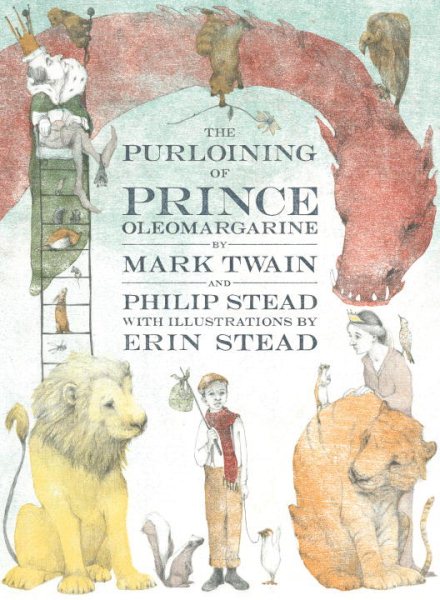 Johnny, a poor, kind, young boy, is forced one day by his cruel grandfather to sell his pet chicken at the market. In doing so, he unexpectedly comes into possession of some magical seeds. From the seeds grow a flower, and upon eating the flower, Johnny is granted the ability to speak with animals. Led by a skunk named Susy, Johnny and all the animals in the land set out on a quest to rescue a stolen prince, and with some luck, perhaps cross paths with a familiar chicken.
Johnny, a poor, kind, young boy, is forced one day by his cruel grandfather to sell his pet chicken at the market. In doing so, he unexpectedly comes into possession of some magical seeds. From the seeds grow a flower, and upon eating the flower, Johnny is granted the ability to speak with animals. Led by a skunk named Susy, Johnny and all the animals in the land set out on a quest to rescue a stolen prince, and with some luck, perhaps cross paths with a familiar chicken.
Generally, where did Twain’s notes on this book end, and where did you take up the story?
Twain’s notes end at the mouth of a dark cave where, presumably, Prince Oleomargarine is being held by giants. Twain’s final words are: “It is guarded by two mighty dragons who never sleep.” So, Twain was very close to an ending already.
What we discovered was that the ending was not really the missing piece. The missing piece was the beginning. Twain’s notes begin abruptly with: “Widow, dying, gives seeds to Johnny–got them from an old woman once to whom she had been kind.” That’s certainly a nice place to begin, but Twain left us with nothing about the character of Johnny–who he was and why we ought to love him.
Some characters in the book were created by Erin and me to address this problem. The most notable additions are probably the cruel grandfather and Johnny’s luckless pet chicken, Pestilence and Famine. The name Pestilence and Famine, by the way, comes from a piece of Clemens family history. The Clemens family had many household cats with peculiar names. There was a cat named Sour Mash, and Satan, and my personal favorite, Pestilence and Famine.
What inspired the direction you decided to take in finishing this tale?
The book became a story within a story. First, there is the story of Johnny, and Susy, and Prince Oleomargarine. But then there is the story of Mark Twain and myself, sitting together at a secluded cabin, arguing over the direction of the story itself. These conversations between Twain and me came about because of a problem I encountered early on. The problem was that every now and then I wanted to deviate from Twain’s notes. It didn’t seem right, though, to make changes without giving Twain a say in the matter. The easiest and most fun solution to this problem was to make Twain (and myself) a character in the book.
Tell me about the artwork Erin produced for this book. How does it help to convey your own “vision” for this story?
Erin’s artwork is rendered in woodblock printing and pencil drawing. The colors are muted and atmospheric. In many ways, Erin became a third author for this story. So many choices were left completely up to her. It was never just a matter of executing my, or Twain’s, vision.
For example, the setting is all Erin’s. Oleomargarine is a fairy tale, but it is not a European fairy tale. It is American through and through. Erin wanted the setting to reflect that. She also wanted the setting to exist somewhere in time between Twain’s day and our own. So, having given herself those two guidelines, she settled on a world reminiscent of the American dust bowl–a perfect setting for her naturally dusty, airy, and melancholy artwork.
For what ages is this book most appropriate?
 This story began as a piece of oral tradition. It was as a story told out loud, maybe over the course of several nights by an adult to children. I would hope the finished book is used in much the same way. While the language might be difficult for a child under the age of 9 or 10, I believe that children of all ages will be able to appreciate the story–its rhythm, its humor, and its message–especially when told directly to them by a parent, or grandparent, or some other important adult figure in their life.
This story began as a piece of oral tradition. It was as a story told out loud, maybe over the course of several nights by an adult to children. I would hope the finished book is used in much the same way. While the language might be difficult for a child under the age of 9 or 10, I believe that children of all ages will be able to appreciate the story–its rhythm, its humor, and its message–especially when told directly to them by a parent, or grandparent, or some other important adult figure in their life.
In what ways did you find it most challenging to complete the task of finishing Twain’s story, and on the flip side, what did you enjoy most about tackling this project?
The most challenging thing about this book was also the most rewarding. For me, the real work and the real joy was in finding Twain’s voice. Twain left notes for almost every element of plot, but he left very little finished prose. Because of that, I had to really immerse myself in Twain’s other works, sometimes listening to Twain’s writing as if it were music. Because of that, there is a little bit of Twain inside of me now forever.






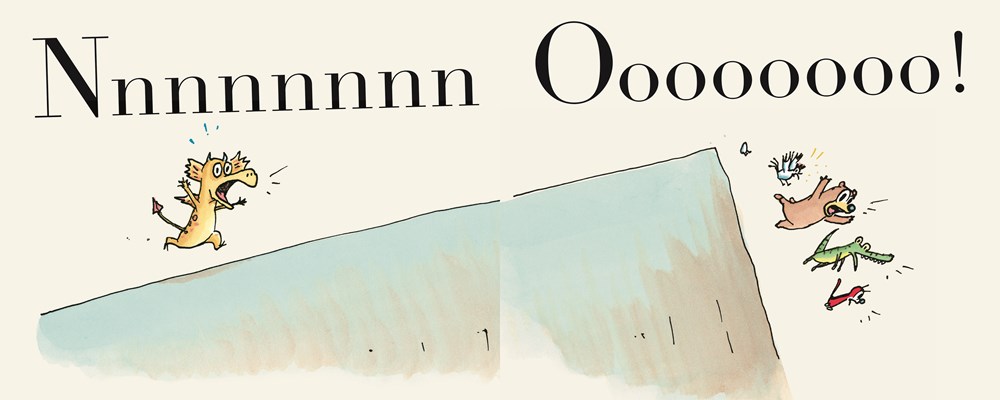


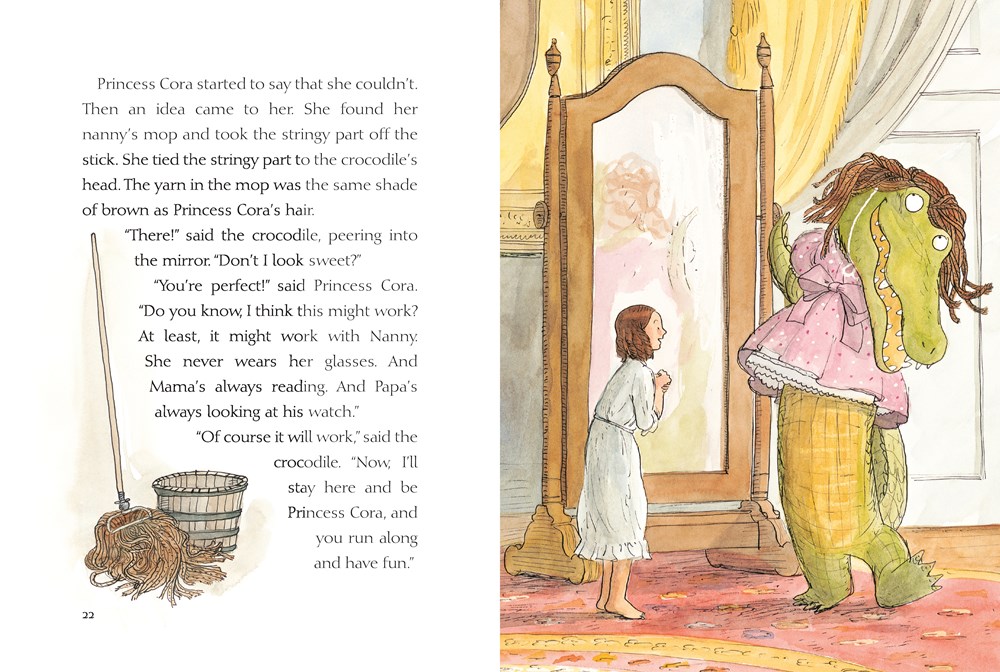


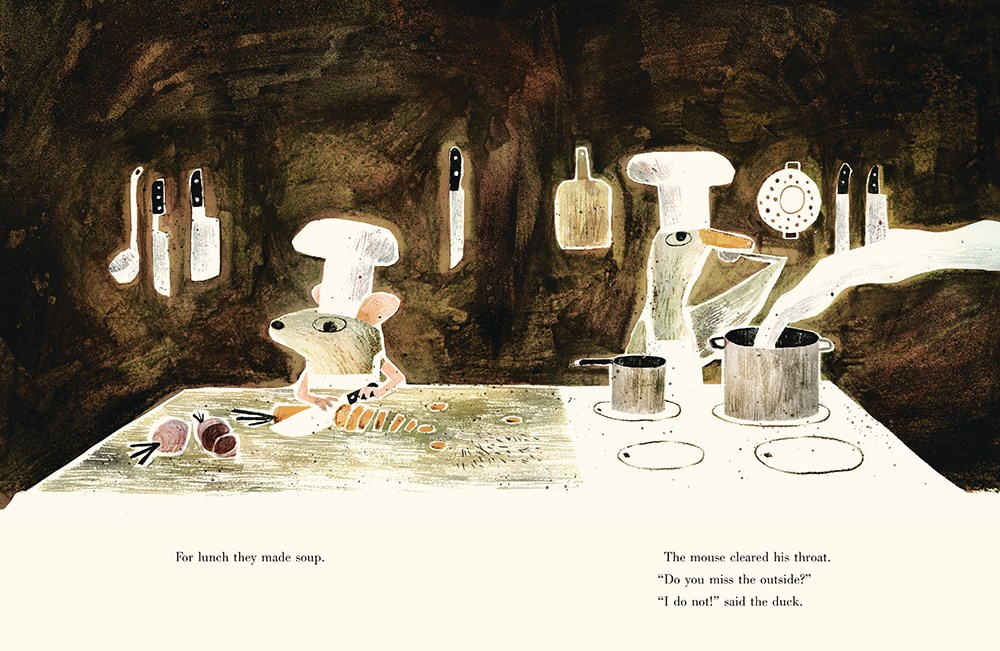


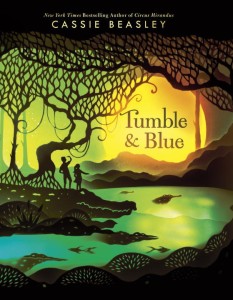
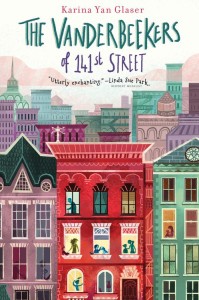
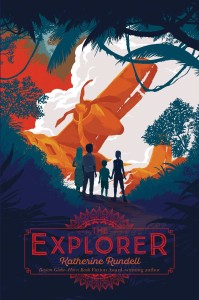
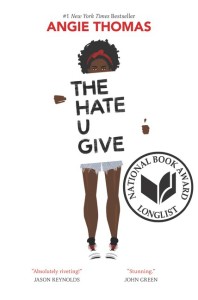
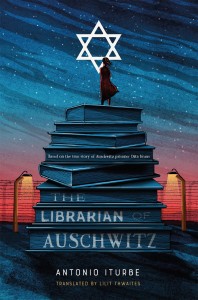

 But I like to think of my life as before and after. Before
But I like to think of my life as before and after. Before 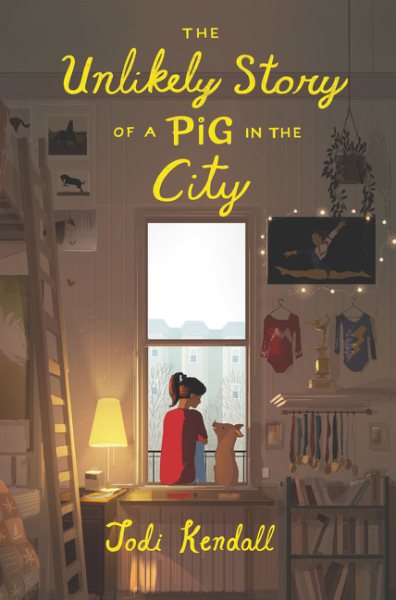 This story by Jodi Kendall opens on Thanksgiving Day at the dinner table. Josie Shillings’ college-aged older brother Tom brings home a baby pig he has named Hamlet who was the runt of the litter. Josie’s father is adamant: “Not a chance,” Dad said, pointing at Tom with a silver fork. “Pigs don’t belong in the city.”
This story by Jodi Kendall opens on Thanksgiving Day at the dinner table. Josie Shillings’ college-aged older brother Tom brings home a baby pig he has named Hamlet who was the runt of the litter. Josie’s father is adamant: “Not a chance,” Dad said, pointing at Tom with a silver fork. “Pigs don’t belong in the city.”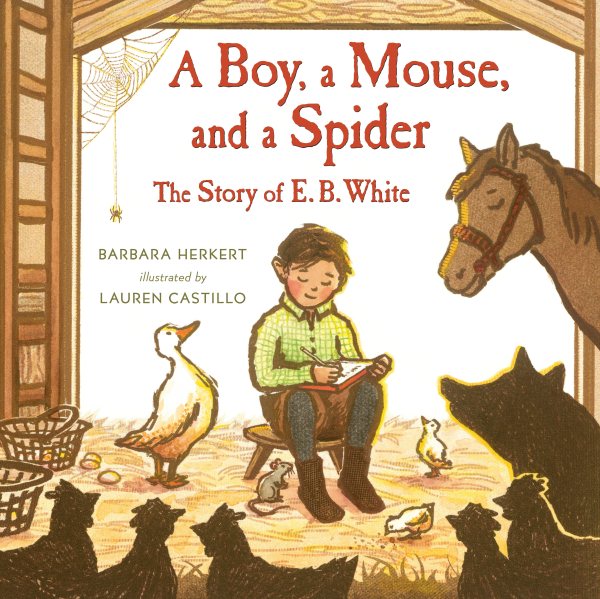 In this beautiful picture-biography by Barbara Herkert and illustrated by Lauren Castillo, the story of White’s childhood, from his life-long love of animals, to his fear of public speaking in school, is truly a one-of-a-kind story for young children who want to know more about White.
In this beautiful picture-biography by Barbara Herkert and illustrated by Lauren Castillo, the story of White’s childhood, from his life-long love of animals, to his fear of public speaking in school, is truly a one-of-a-kind story for young children who want to know more about White. A little girl with shining hair helping rogue bandits in the dark forest of the Hinterlands, discovering her magic while escaping the evil Townies who killed her mother for being a witch, Jimmy Cajoleas’ book
A little girl with shining hair helping rogue bandits in the dark forest of the Hinterlands, discovering her magic while escaping the evil Townies who killed her mother for being a witch, Jimmy Cajoleas’ book 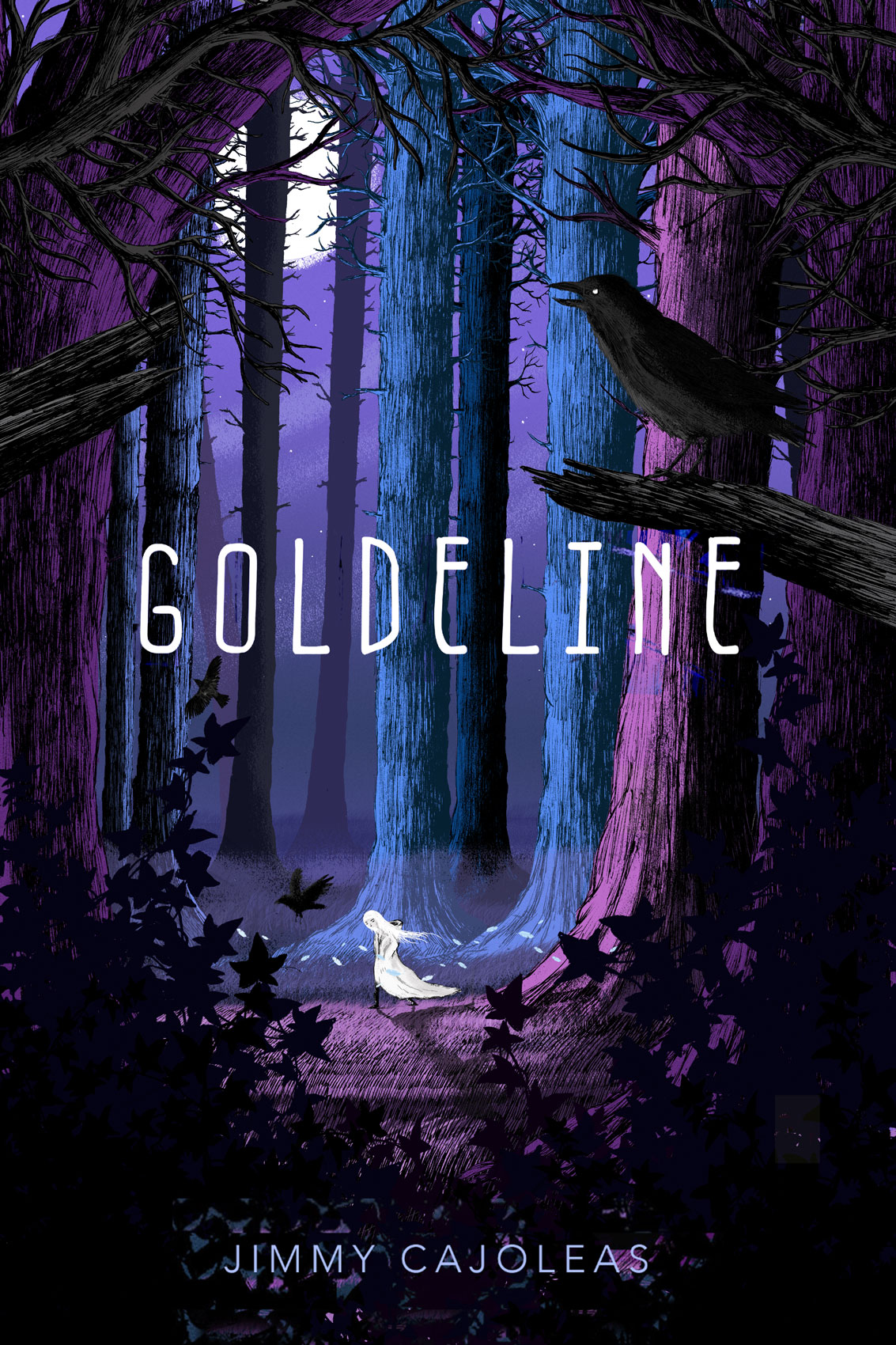
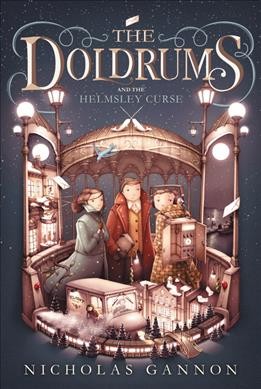 In Nicholas Gannon’s
In Nicholas Gannon’s 
 In her newest novel,
In her newest novel, 
 So, lords and ladies of the land, we welcometh you to a night with the creator of
So, lords and ladies of the land, we welcometh you to a night with the creator of 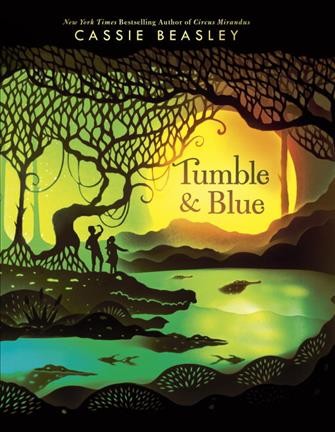
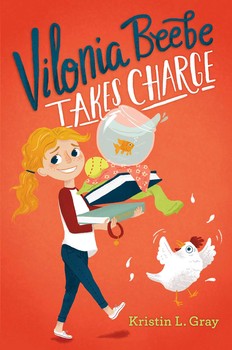
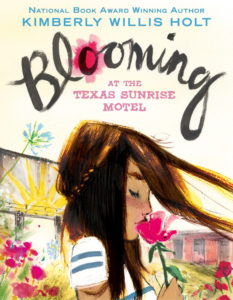
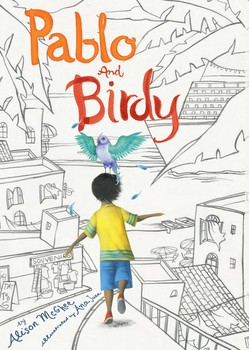
 Now in her mid-60s, Shofner is officially beginning her new career as a writer, releasing her debut book,
Now in her mid-60s, Shofner is officially beginning her new career as a writer, releasing her debut book, 